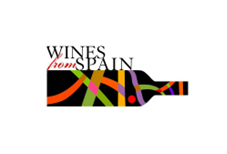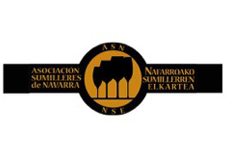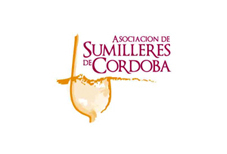Cork stoppers have been used for many centuries to close wine in various containers. As a result, corks have become a traditional part of wine packaging in many countries and still the vast majority of wine bottles (70%) are closed with cork stoppers.
Cork stoppers have many advantages, including positive oenological, sustainable and ecological aspects. However, some negative aspects can be associated with these stoppers, such as the presence of haloanisole contaminants, in particular 2,4,6-trichloroanisole (TCA), which gives the wine musty or wet cardboard smell.
Over the years, the cork and wine industries have developed a number of measures and technologies to effectively prevent or eliminate cork taint.
Amorim Cork has led the “fight”, being the first company to develop, in 2003, an industrial superheated steam cleaning process, called R.O.S.A. (Cabral, 2005), to remove TCA from cork granules, which was independently validated by the AWRI and the Campden BRI (Hall et al., 2004; Sefton & Simpson, 2005).
The first version of the R.O.S.A. system was able to remove 75 to 80% of the TCA released from cork granules. Over the years, Amorim Cork was able to improve and optimize R.O.S.A. (R.O.S.A. Hightech) to achieve 100% removal of TCA when the levels of releasable TCA in the granules were less than 6 ng/L. This technology is today applied to the treatment of different cork granules, ensuring the sensory performance of technical cork such as Neutrocork®.
In 2005, the R.O.S.A. process was improved and applied to the treatment of natural cork stoppers (R.O.S.A.Evolution), eliminating between 80 and 85% of TCA levels. Bottling trials have fully demonstrated the efficacy of the R.O.S.A. and R.O.S.A. Evolution processes in removing TCA from cork and thus preventing its transfer to wine over the years. The steam extraction of haloanisoles, developed by Amorim Cork, has become one of the most typical processes, with numerous variants having been proposed by different cork manufacturers.
More recently, Amorim Cork launched Naturity®, a new technology to remove TCA and other compounds with similar properties from natural cork by thermal desorption (Figure 1). The level of TCA removal can reach 99%.
The process is based on temperature-stimulated desorption that supplies thermal energy to break the bond between volatile contaminants and cork, in a process that can be described as vacuum-assisted thermal vaporization (Teodoro, 2018).
To ensure that the haloanisoles and halophenols are in a gaseous state, the desorption step must take place at a temperature higher than the boiling temperature of the contaminant compounds, which depend on the pressure applied to the cork. The melting and boiling points of the contaminating compounds decrease rapidly when the pressure decreases, i.e. the compounds will be in a gaseous state at relatively low temperatures. Thus, thermal removal of TCA and hundreds of other volatile compounds can be carried out at very moderate temperatures, if very low pressures are used. In addition, similar levels of performance are also obtained in cork discs used for cork stoppers for still and sparkling wines that are treated with CorkNova® technology. This technology is based on the cleaning of various molecules responsible for “bad aromas”, such as TCA, using thermal desorption principles and a vibrofluidized drainage system.
Currently, 100% of the natural cork stoppers and discs manufactured by Amorim Cork undergo Naturity® and CorkNova® treatments. Prior to the launch of these latest technologies, however, Amorim Cork had launched NDtech® in 2016. NDtech® remains world’s most sophisticated individualized quality control screening technology for natural cork stoppers. Developed and patented by Amorim, NDtech® uses unprecedented fast chromatography to detect any cork with more than 0.5 nanograms of TCA per litre* (parts per trillion, the equivalent of one drop of water in 800 Olympic swimming pools), which will be automatically removed from the supply chain.
* Releasable TCA content below the 0.5 ng/L quantification limit; analysis performed in accordance to an internal method based on ISO 20752

























